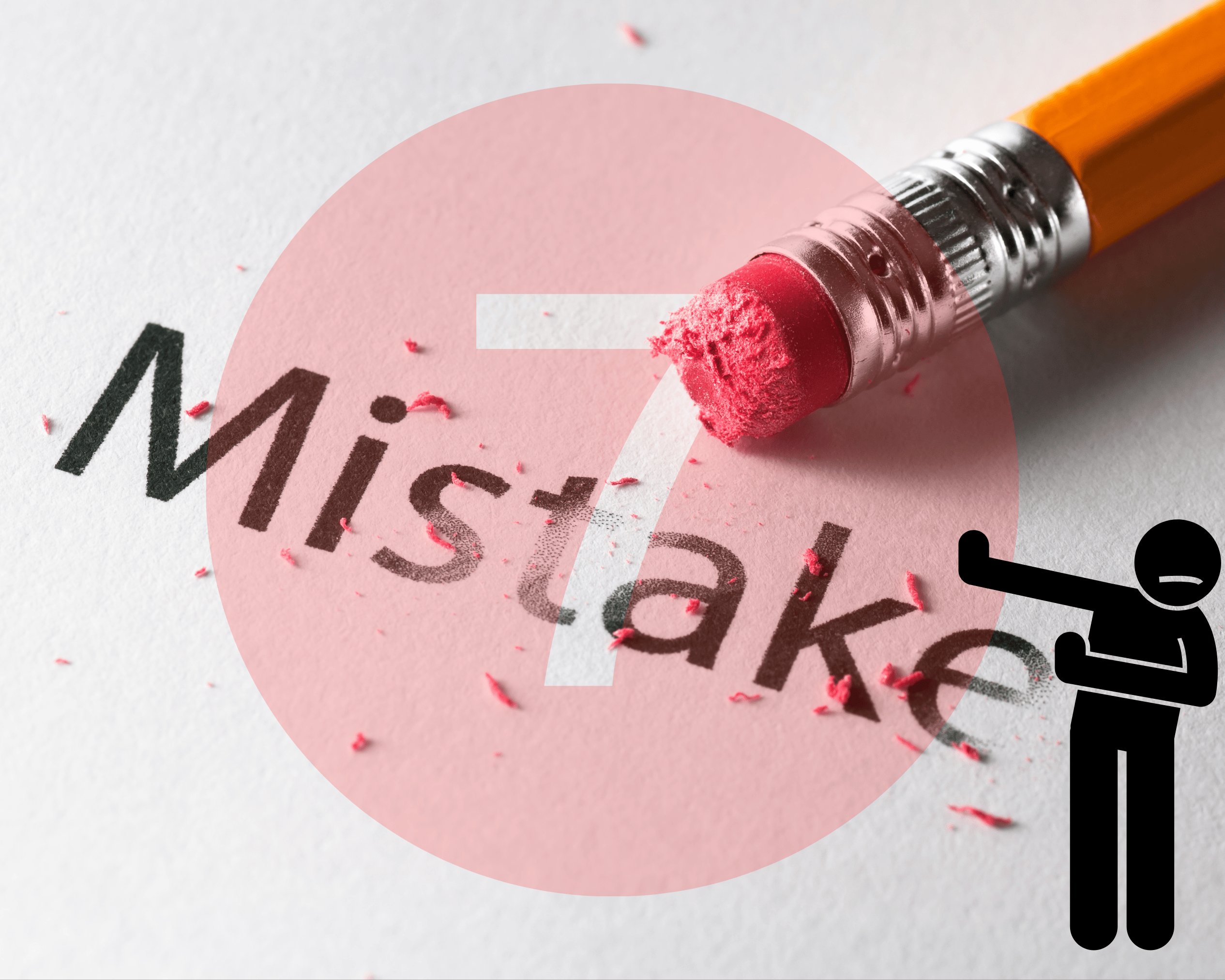When buying or selling a business, the deal doesn’t end at the closing table. A big part of protecting yourself after the deal is done comes down to what’s written in the purchase agreement—especially the indemnification provisions.
One of the most important tools in managing post-closing risk is the indemnification cap. Whether you're a buyer trying to limit your downside, or a seller trying to avoid future surprises, understanding how caps work is essential.
What Is Indemnification?
In the context of M&A, indemnification is a promise by one party (typically the seller) to compensate the other (usually the buyer) for losses that arise from breaches of representations, warranties, or covenants in the purchase agreement.
Common indemnifiable events include:
- Misstated financials
- Undisclosed liabilities
- Legal disputes that weren’t revealed
- Non-compliance with laws or contracts
But here’s the issue: sellers don’t want to be on the hook forever, and buyers don’t want to inherit hidden landmines. That’s where indemnification caps come in.
What Is an Indemnification Cap?
An indemnification cap sets a maximum dollar amount the seller can be held liable for post-closing claims. It's one of several key limitations on liability in an M&A contract (others include baskets, survival periods, and materiality scrapes).
Example:
Let’s say the purchase price of a business is $5 million. The agreement includes a 10% indemnification cap. That means the seller’s total indemnity liability (for general reps & warranties) is limited to $500,000. Once losses exceed that amount, the buyer has no further recourse—unless there are carve-outs (more on that shortly).
Why Do Indemnification Caps Exist?
For Sellers: Caps protect them from potentially unlimited liability. No seller wants to walk away from a deal only to face years of financial exposure.
For Buyers: Caps force them to carefully vet the business pre-closing, and pursue insurance or specific escrow arrangements for higher-risk concerns.
Both sides negotiate the cap based on:
- Deal size
- Risk level
- Industry norms
- Whether reps are backed by insurance or escrow
Market Standards for Indemnification Caps
The typical market range for indemnification caps on general representations and warranties in lower middle market deals ($1M–$50M) is 10% to 20% of the purchase price.
However, this can vary:
- Asset deals tend to have higher caps
- Stock deals with extensive due diligence and insurance might have lower caps
- Strategic buyers often negotiate stricter caps, especially with experienced sellers
What’s Not Capped? (Carve-Outs)
Importantly, not all liabilities are subject to the cap.
Typical uncapped indemnification obligations include:
- Fraud or willful misrepresentation
- Breaches of fundamental reps (like ownership of shares)
- Certain tax obligations
- Environmental liabilities
- Post-closing covenants
These are often carved out of the cap entirely, meaning a seller could be on the hook for 100% of the damages in those categories.
How Indemnification Caps Interact with Other Provisions
Caps don’t exist in isolation. They interact with several other important contract terms:
1. Baskets
A basket sets a minimum threshold of losses before the buyer can bring a claim. Think of it like a deductible.
- Tipping Basket: Once losses exceed the basket, the buyer can recover the full amount.
- Deductible Basket: Buyer only recovers amounts above the basket.
2. Survival Period
This defines how long after closing indemnification claims can be made. General reps may survive 12–24 months, while fundamental reps last longer (or indefinitely).
3. Escrow/Holdback
Funds may be held in escrow (e.g., 10% of purchase price for 12 months) to cover potential indemnity claims. Buyers often prefer having a funded recourse.
Key Negotiation Points for Buyers and Sellers
For Buyers:
- Push for higher caps if diligence is limited, risk is higher, or seller isn’t putting up escrow.
- Be firm on carve-outs, especially for fraud or key reps.
- Consider reps & warranties insurance (RWI) for deals over $5M to reduce reliance on seller indemnity.
For Sellers:
- Insist on reasonable caps that reflect your risk and the amount of due diligence provided.
- Limit the survival period to 12–18 months for general reps.
- Avoid vague language that could expose you to post-closing ambiguity.
The Bottom Line
Indemnification caps are a powerful risk management tool in M&A contracts. They balance the need for buyer protection with the seller’s desire for a clean break. But like any contract provision, the devil is in the details.
Whether you’re buying your first business or selling the one you built over a lifetime, don’t gloss over the indemnity section. The language you agree to today could protect—or cost—you millions tomorrow.
Bonus Tip: Use an M&A Attorney
General counsel isn’t enough. Indemnification caps should be negotiated by legal professionals with M&A expertise. These caps aren’t just numbers—they’re the financial guardrails of your deal.
Ready to Buy or Sell a Business?
At Clearly Acquired, we simplify the deal process—from sourcing and financing to risk mitigation. Our tools help buyers and sellers understand risk, optimize terms, and get deals done faster—with confidence.
Join our platform or learn about our Catalyst Fund to co-invest alongside us.







.png)
























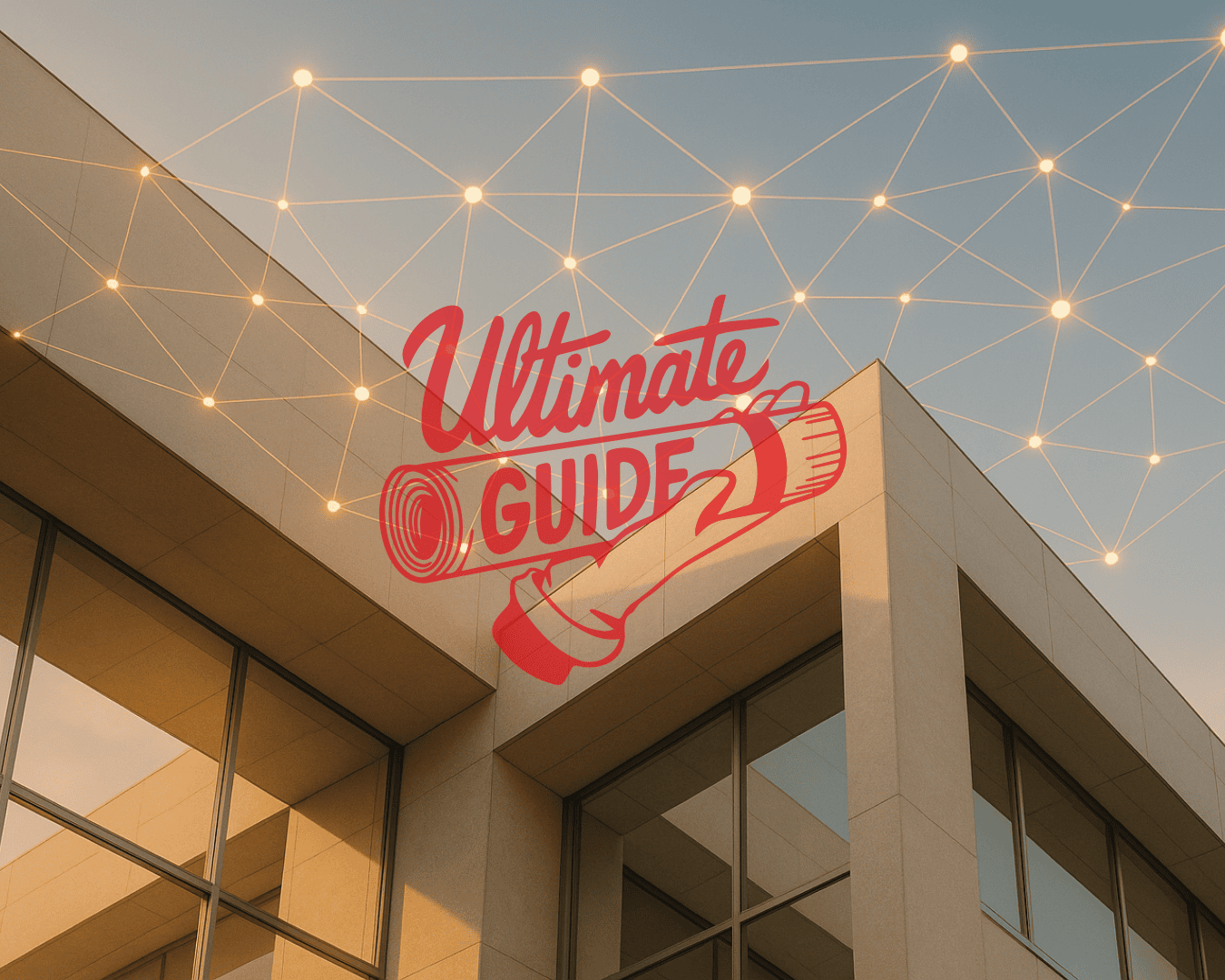



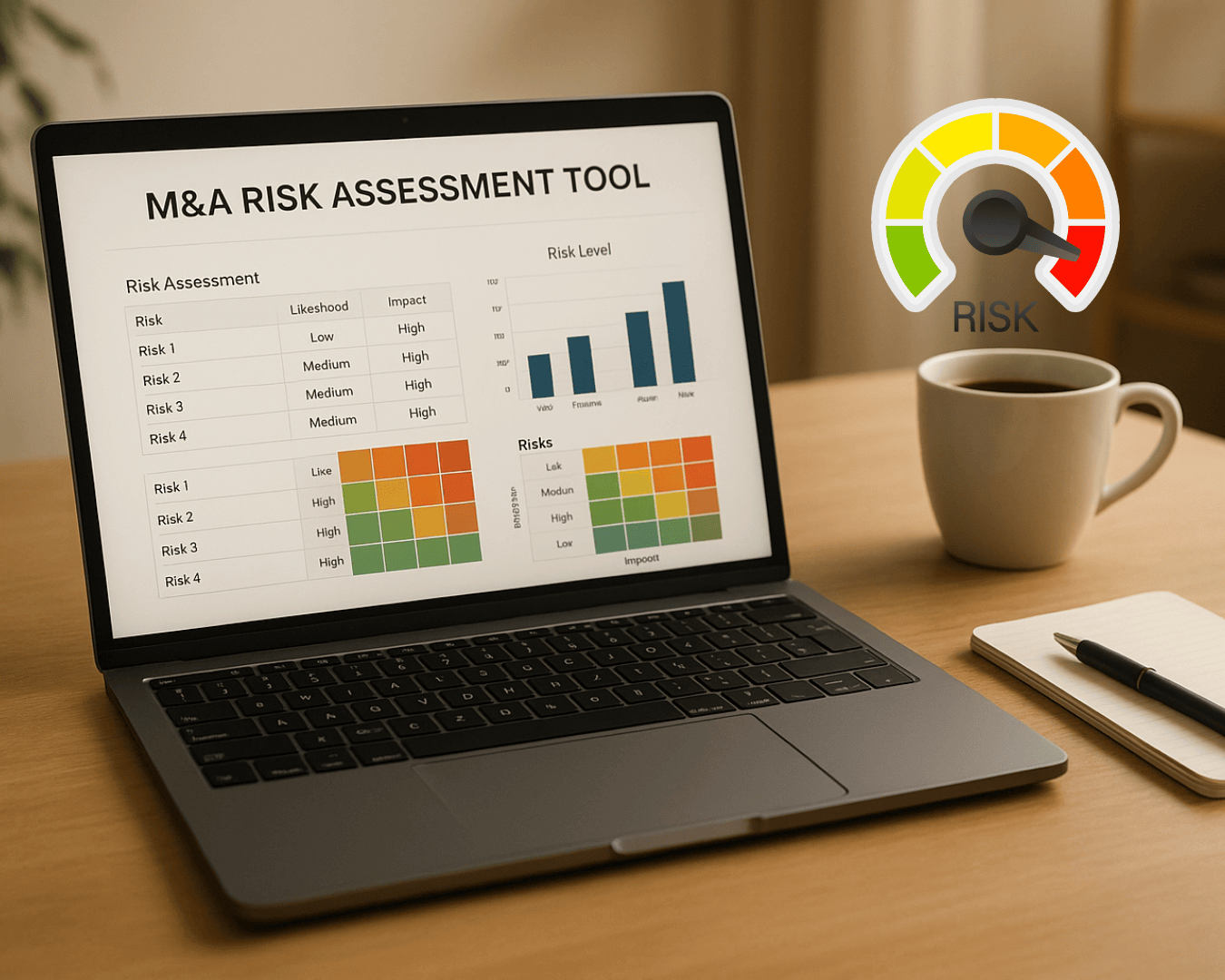

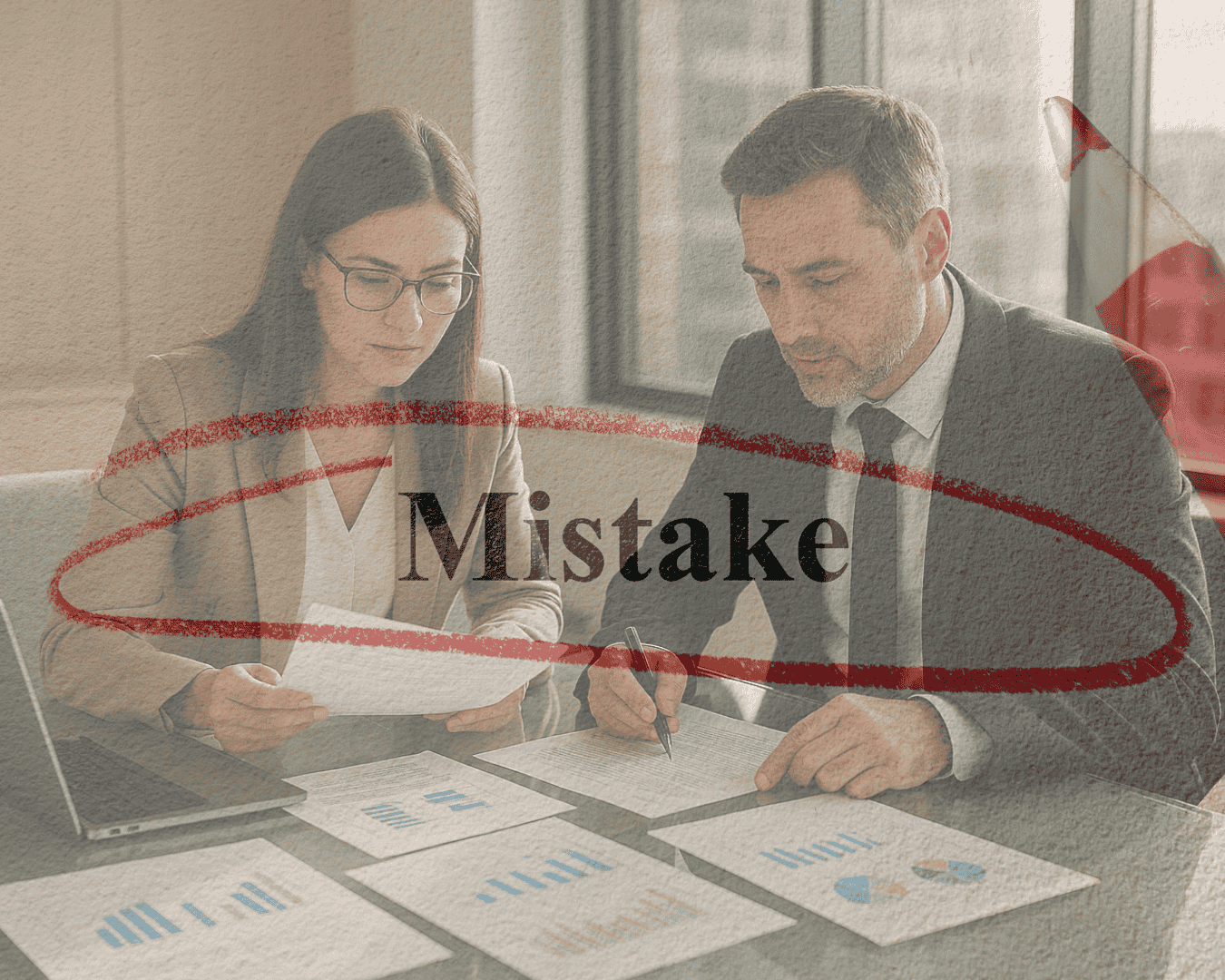
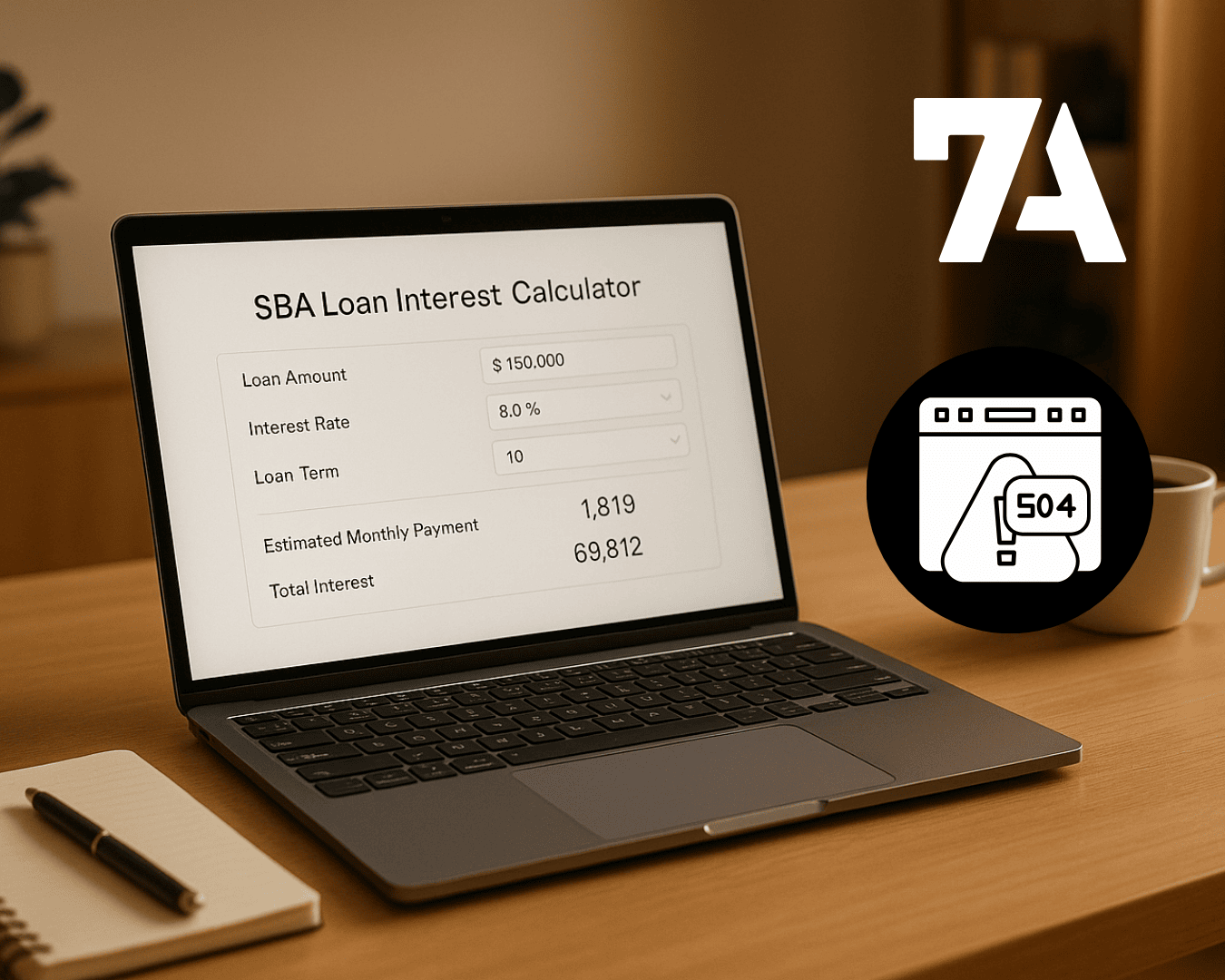








%20Loan%20Application%20Checklist.png)
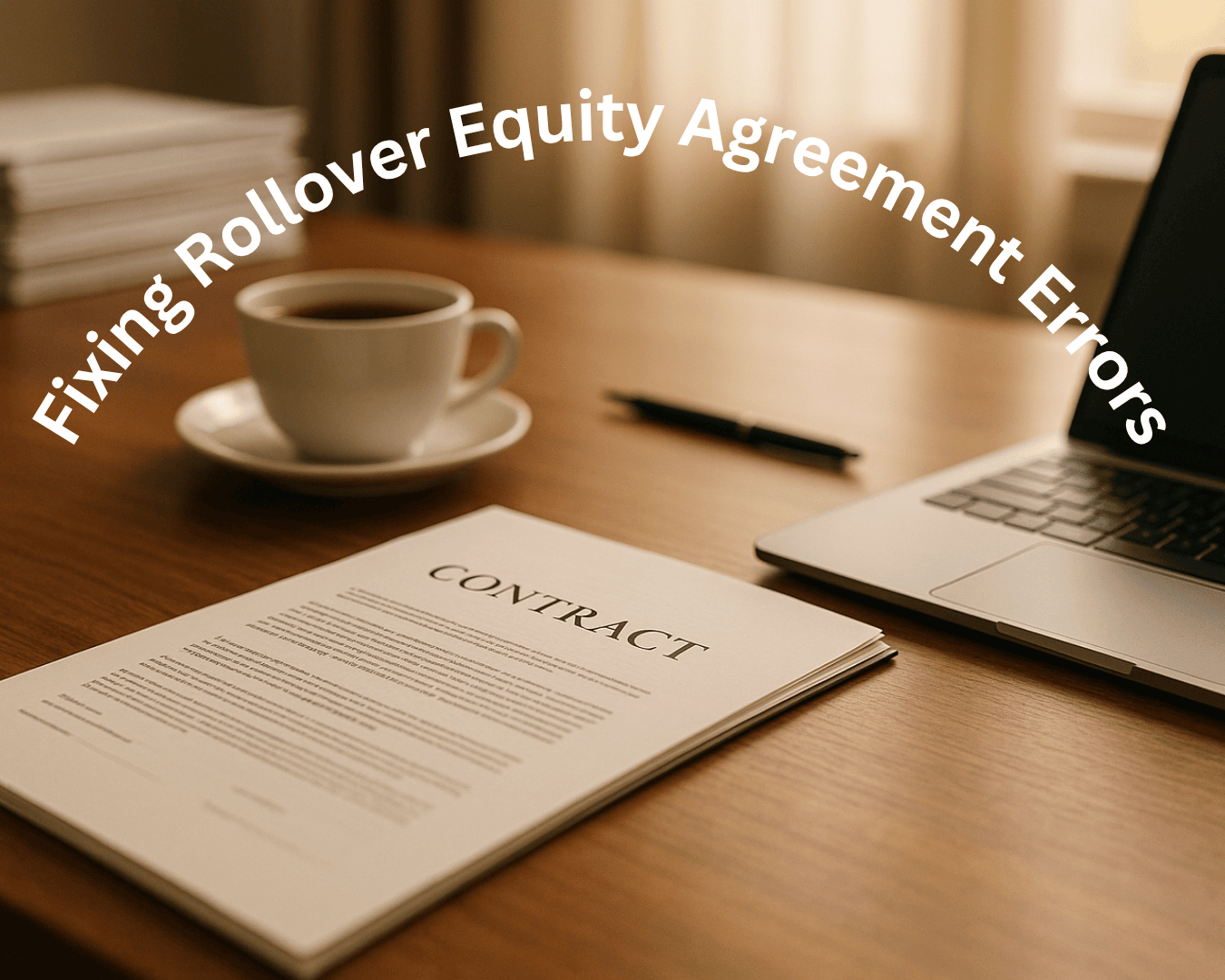
















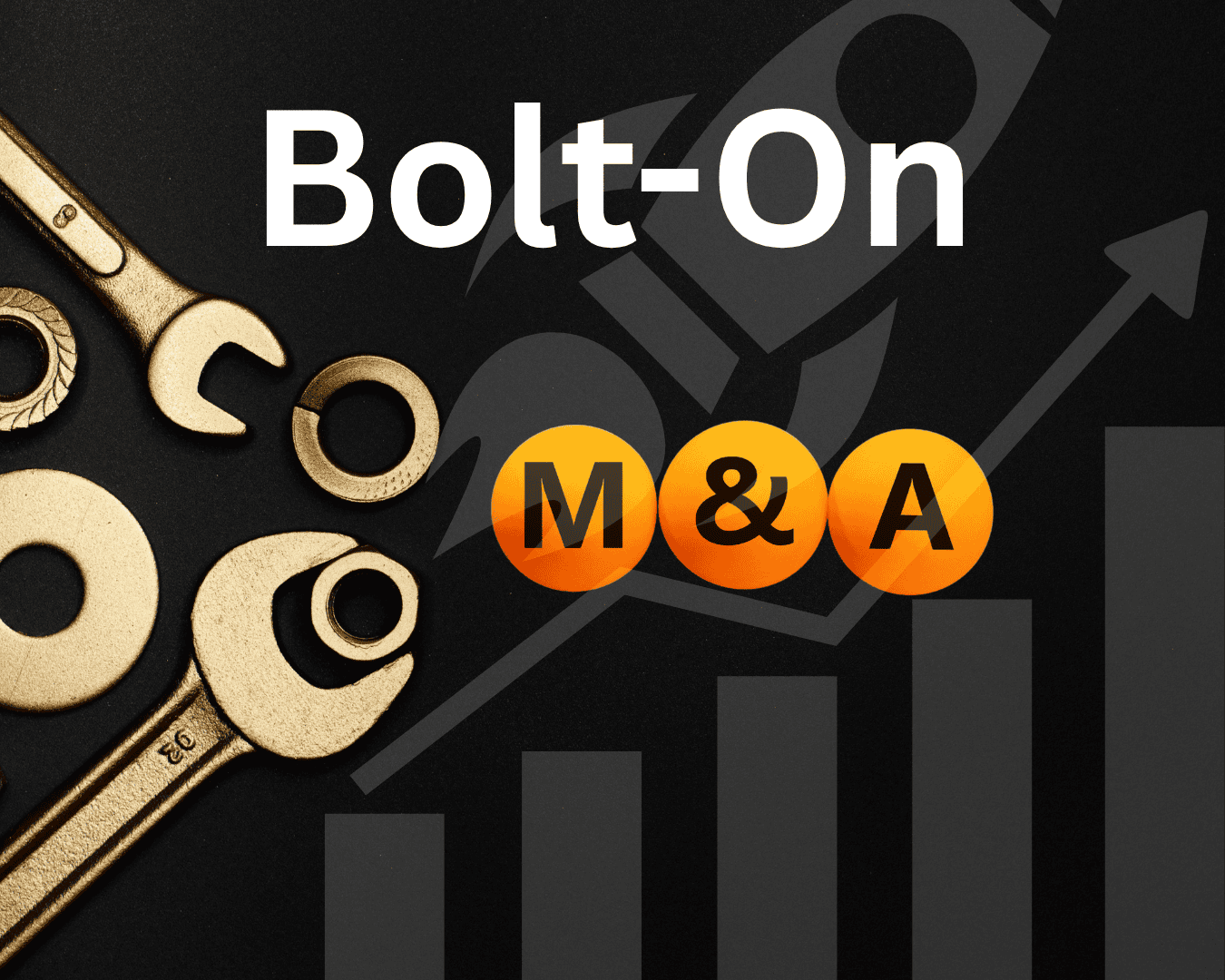


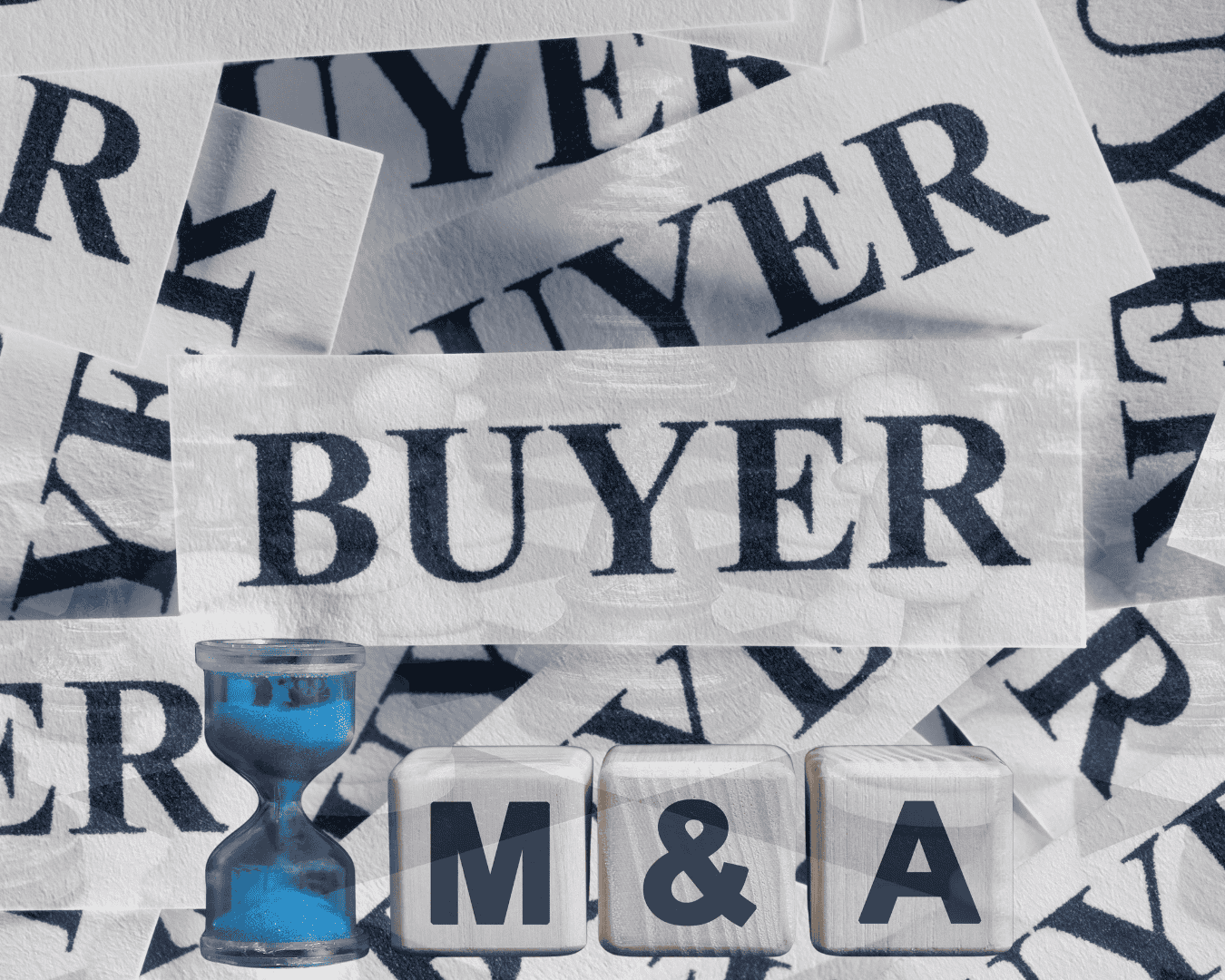







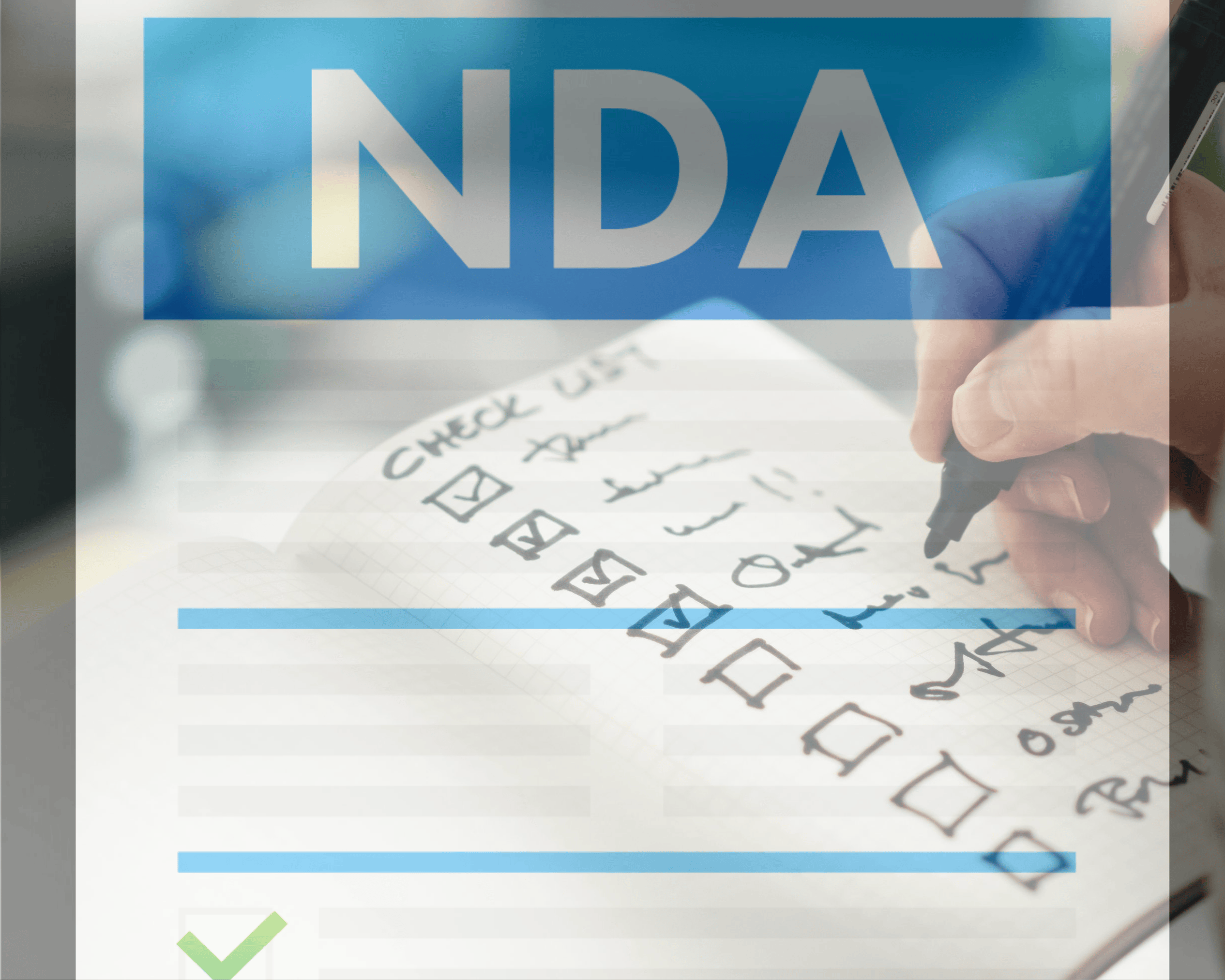










.png)
%20Loans%20%26%20Your%20Buy-Side%20Edge.png)



